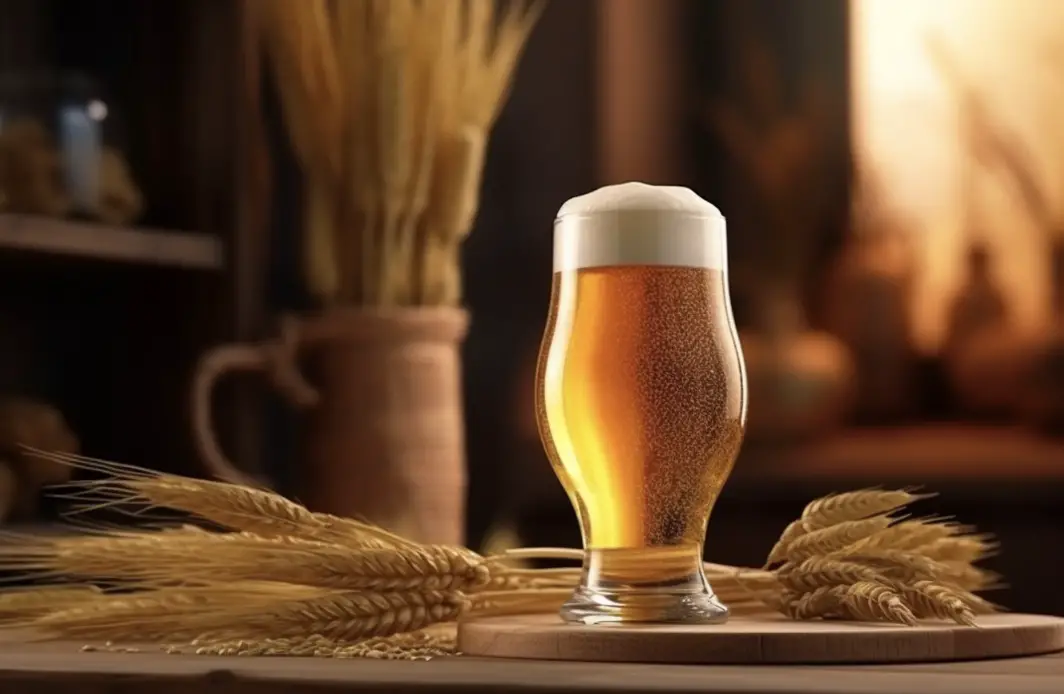Can you make sour beer without bacteria? The short answer to this question is: not really. The sour flavor profile in beers is primarily attributed to certain types of bacteria, such as Lactobacillus and Pediococcus. These bacteria produce lactic acid, which gives sour beers their distinctive tart taste. However, there are alternative methods to achieve a similar flavor profile without the use of bacteria, but this often results in a different type of complexity and depth of flavor.
The Science Behind Sour Beer
The souring process of beer involves a delicate balance of art, science, and patience. Traditionally, when brewers wanted to sour their beer, they would allow wild yeast and bacteria to naturally infiltrate the brew during the fermentation process. This method, also known as spontaneous fermentation, is largely unpredictable and can lead to a wide range of flavors.
In modern brewing, sour beer is often produced by intentionally introducing specific strains of bacteria into the beer after the initial yeast fermentation. This controlled process allows brewers to have a greater influence over the final flavor profile.
Lactobacillus and Pediococcus: The Bacteria Behind the Pucker
Lactobacillus and Pediococcus are the two most common bacteria used in the souring process. They are lactic acid bacteria that convert sugars into lactic acid, which gives the beer its sour taste. The level of acidity can be controlled by managing the amount of these bacteria added and the length of time they are left to ferment.
Alternatives to Bacteria for Souring
While bacteria are traditionally used to produce sour beers, there are alternatives. One such method is using certain types of yeast that can produce lactic acid, such as Brettanomyces. These yeast strains can provide a tart flavor similar to that produced by bacteria. However, the flavor profile will be different, often described as funky or earthy.
Another alternative is kettle souring, a process that involves adding lactic acid directly to the wort before fermentation. This method gives brewers more control over the level of sourness but lacks the complexity and depth of flavors achieved with traditional bacterial fermentation.
The Art and Science of Blending
Even without the use of bacteria, the creation of a sour beer can involve a complex process of blending. This involves combining different batches of beer to achieve the desired level of sourness and complexity. This process often involves a lot of trial and error, and a deep understanding of the characteristics of each beer that goes into the blend.
The Rise of Sour Beers
Sour beers have seen a surge in popularity in recent years, with craft beer enthusiasts embracing the bold flavors and complexity they offer. This has led to an increase in experimentation with different souring methods, including those that don’t involve bacteria. However, purists often argue that true sour beers can only be created through bacterial fermentation.
Conclusion
While you can create a beer with a tart flavor profile without using bacteria, the complexity and depth of flavor achieved through traditional bacterial fermentation is hard to replicate. Whether you’re a fan of the sharp tang provided by Lactobacillus and Pediococcus or the funky notes from Brettanomyces yeast, there’s no denying the appeal of sour beers.
Listicle: 10 Facts about Sour Beer
1. Sour beers are primarily soured using Lactobacillus and Pediococcus bacteria.
2. The bacteria convert sugars into lactic acid, which gives the beer its sour taste.
3. Brettanomyces, a type of yeast, can also produce lactic acid and a funky flavor profile.
4. Kettle souring is a method that involves adding lactic acid directly to the wort before fermentation.
5. Blending different batches of beer can help achieve the desired sourness level.
6. The sourness level can be controlled by managing the amount of bacteria or acid added.
7. Sour beers have seen a surge in popularity in recent years.
8. The souring process involves a delicate balance of art, science, and patience.
9. Spontaneous fermentation allows wild yeast and bacteria to naturally infiltrate the brew.
10. True sour beers, according to purists, can only be created through bacterial fermentation.
FAQs
How do you know if beer is infected?
There are a few signs that can indicate if beer is infected. One common indicator is an off-flavor, such as a sour or vinegar-like taste. Additionally, infected beer may have an unusual aroma, often described as funky or rotten. Another clue can be excessive carbonation or gushing when the bottle is opened. Cloudiness or unusual sediment in the beer can also be a sign of infection. If you notice any of these characteristics, it’s best to discard the beer to avoid any potential health risks.
Is there bad bacteria in beer?
Yes, there can be bad bacteria in beer. However, the brewing process typically involves the use of heat and hops, which act as natural preservatives and inhibit the growth of harmful bacteria. Additionally, the low pH and alcohol content of beer also create an inhospitable environment for most bacteria. Proper brewing practices and quality control measures help ensure that beer is free from harmful bacteria.
What to do if beer is infected?
If beer is infected, it is best to discard it to prevent any potential health risks. Infections can occur due to the presence of unwanted microorganisms, such as bacteria or wild yeast strains, which can lead to off-flavors, cloudiness, or even spoilage. It is important to maintain proper sanitation practices during brewing and fermentation to minimize the risk of infection.
Can you get a bacterial infection from beer?
Yes, it is possible to get a bacterial infection from beer. While beer undergoes a fermentation process that helps inhibit the growth of harmful bacteria, there have been instances where certain bacteria, such as Lactobacillus and Pediococcus, have contaminated the beer during production. These bacteria can cause infections if consumed in large quantities or if a person has a weakened immune system. However, it’s important to note that such cases are relatively rare, and most commercially produced beers are safe to consume.
Does beer have bacteria in it?
Yes, beer can contain bacteria. During the brewing process, various bacteria may be introduced, such as lactobacillus and pediococcus. However, the presence of bacteria in beer is typically minimized through proper brewing techniques, including boiling, fermentation, and filtration. Additionally, the alcohol content and pH of beer create an inhospitable environment for most bacteria to thrive.
Are sour beers infected?
Sour beers are intentionally brewed to have a tart or acidic taste, unlike traditional beer styles. This is achieved through a process called souring, where specific strains of bacteria or wild yeast are intentionally introduced during fermentation. Therefore, sour beers are not considered infected, but rather deliberately crafted to achieve their unique flavor profile.




